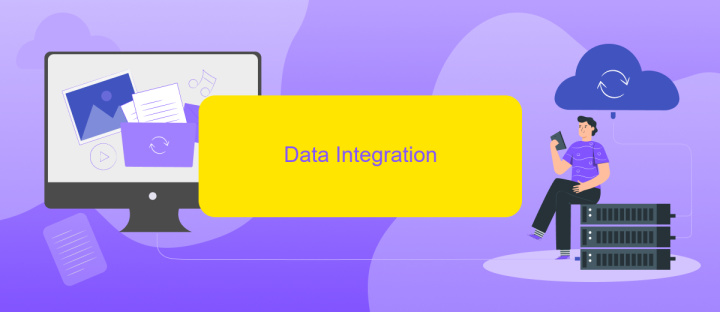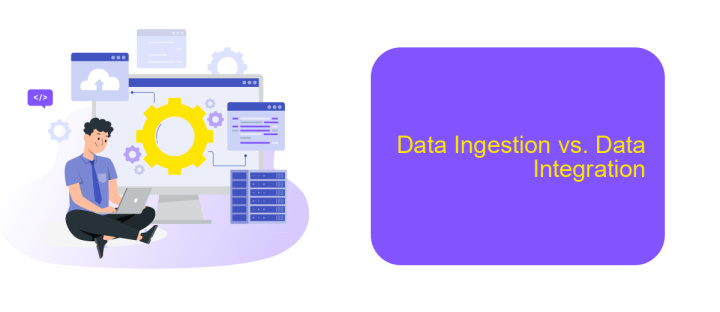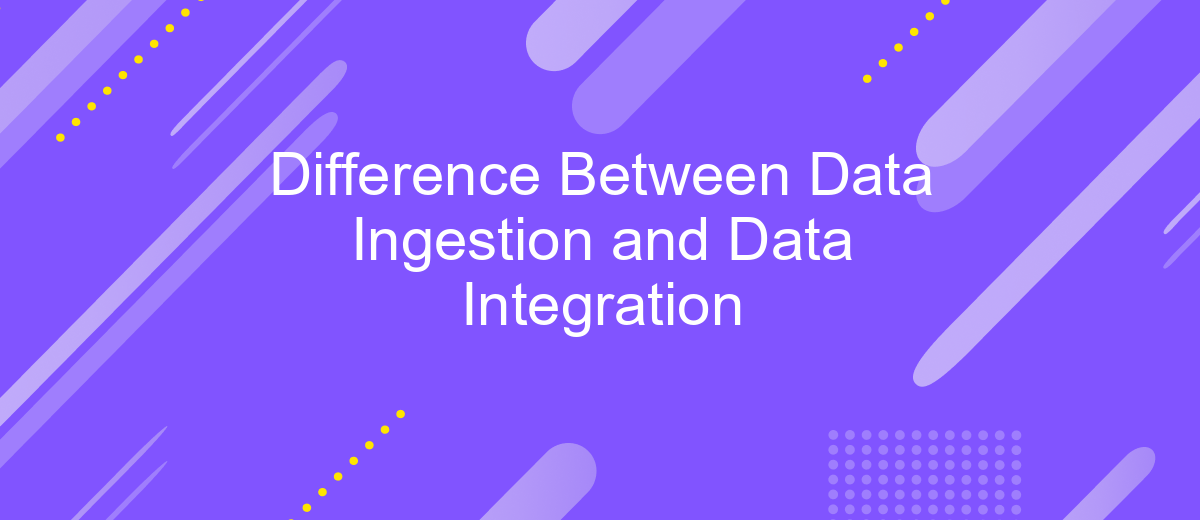Difference Between Data Ingestion and Data Integration
Understanding the difference between data ingestion and data integration is crucial for optimizing data management processes. While data ingestion involves the collection and importation of data from various sources into a storage system, data integration focuses on combining and harmonizing this data to provide a unified view. This article delves into these concepts, highlighting their unique roles and importance in data management.
Introduction
In the modern data-driven world, understanding the nuances between data ingestion and data integration is crucial for businesses aiming to leverage their data effectively. While both processes are essential for managing and utilizing data, they serve distinct purposes and involve different methodologies. Recognizing these differences can help organizations streamline their data workflows and make more informed decisions.
- Data ingestion involves the process of collecting and importing data from various sources into a storage system for further processing and analysis.
- Data integration, on the other hand, focuses on combining data from different sources to provide a unified view, enabling comprehensive analysis and reporting.
- Tools and services, such as ApiX-Drive, facilitate seamless data integration by automating the connection between disparate systems, ensuring data consistency and accuracy.
By distinguishing between data ingestion and data integration, businesses can optimize their data management strategies, ensuring that data is not only collected efficiently but also integrated in a way that maximizes its value. This understanding is fundamental for any organization looking to harness the full potential of their data assets.
Data Ingestion

Data ingestion refers to the process of collecting and importing data from various sources into a storage or processing system for further analysis and use. This process is crucial for organizations that rely on large volumes of data to make informed decisions. Data ingestion can occur in real-time or in batches, depending on the needs of the organization. The sources of data can be diverse, including databases, APIs, IoT devices, and social media platforms, among others.
Effective data ingestion requires robust tools and platforms to handle the complexity and volume of data. One such tool is ApiX-Drive, which simplifies the process by automating the integration of various data sources. ApiX-Drive allows users to set up data pipelines without extensive coding, making it easier to manage and streamline data ingestion workflows. By leveraging such tools, organizations can ensure that their data is accurate, up-to-date, and readily available for analysis, ultimately enhancing their decision-making processes.
Data Integration

Data integration involves combining data from different sources to provide a unified view. This process is essential for businesses to ensure that their data is accurate, consistent, and accessible across various systems. Effective data integration can lead to better decision-making, improved operational efficiency, and enhanced customer experiences.
- Identify data sources: Determine the various data sources that need to be integrated, such as databases, cloud services, and applications.
- Choose integration tools: Select appropriate tools and platforms, like ApiX-Drive, which facilitate seamless data integration without requiring extensive technical knowledge.
- Data transformation: Convert data into a consistent format to ensure compatibility and accuracy across different systems.
- Data loading: Load the transformed data into a central repository or data warehouse for easier access and analysis.
- Monitor and maintain: Continuously monitor the integrated data for accuracy and make necessary adjustments to maintain data quality.
Using services like ApiX-Drive can simplify the data integration process by providing user-friendly interfaces and automation features. This allows businesses to focus on analyzing and leveraging their data rather than getting bogged down by the technical complexities of integration. Ultimately, effective data integration helps organizations harness the full potential of their data assets.
Data Ingestion vs. Data Integration

Data ingestion and data integration are critical processes in managing and utilizing data effectively. Data ingestion refers to the process of collecting and importing data for immediate use or storage in a database. This process involves gathering data from various sources, such as databases, SaaS platforms, and IoT devices, and transferring it to a centralized location for further analysis.
On the other hand, data integration involves combining data from different sources and providing a unified view. This process ensures that data from disparate systems can be accessed and analyzed together, enabling more comprehensive insights and decision-making. Data integration often requires transforming and cleaning the data to ensure consistency and quality.
- Data Ingestion: Collects data from multiple sources.
- Data Integration: Combines and unifies data from different sources.
- Data Ingestion: Focuses on the initial data collection phase.
- Data Integration: Focuses on the harmonization and usability of data.
Using services like ApiX-Drive can streamline both data ingestion and integration processes. ApiX-Drive allows you to automate data transfers between various applications and databases, ensuring that your data is consistently updated and integrated without manual intervention. This not only saves time but also enhances data accuracy and reliability.
- Automate the work of an online store or landing
- Empower through integration
- Don't spend money on programmers and integrators
- Save time by automating routine tasks
Conclusion
In conclusion, understanding the distinction between data ingestion and data integration is crucial for optimizing data management strategies. Data ingestion focuses on the initial collection and import of raw data from various sources into a storage system, ensuring that data is readily available for further processing. On the other hand, data integration involves combining and harmonizing this ingested data from different sources to provide a unified, consistent view, which is essential for accurate analysis and decision-making.
Effective data management often requires leveraging specialized tools and services. For instance, ApiX-Drive offers robust solutions for automating data integration processes, enabling seamless connectivity between diverse applications and systems. By utilizing such services, organizations can streamline their data workflows, reduce manual intervention, and enhance the overall efficiency of their data operations. Ultimately, both data ingestion and integration are integral components of a comprehensive data strategy, each playing a vital role in ensuring data quality and accessibility.
FAQ
What is data ingestion?
What is data integration?
How do data ingestion and data integration differ?
Can data ingestion be automated?
Why is data integration important for businesses?
Apix-Drive will help optimize business processes, save you from a lot of routine tasks and unnecessary costs for automation, attracting additional specialists. Try setting up a free test connection with ApiX-Drive and see for yourself. Now you have to think about where to invest the freed time and money!


